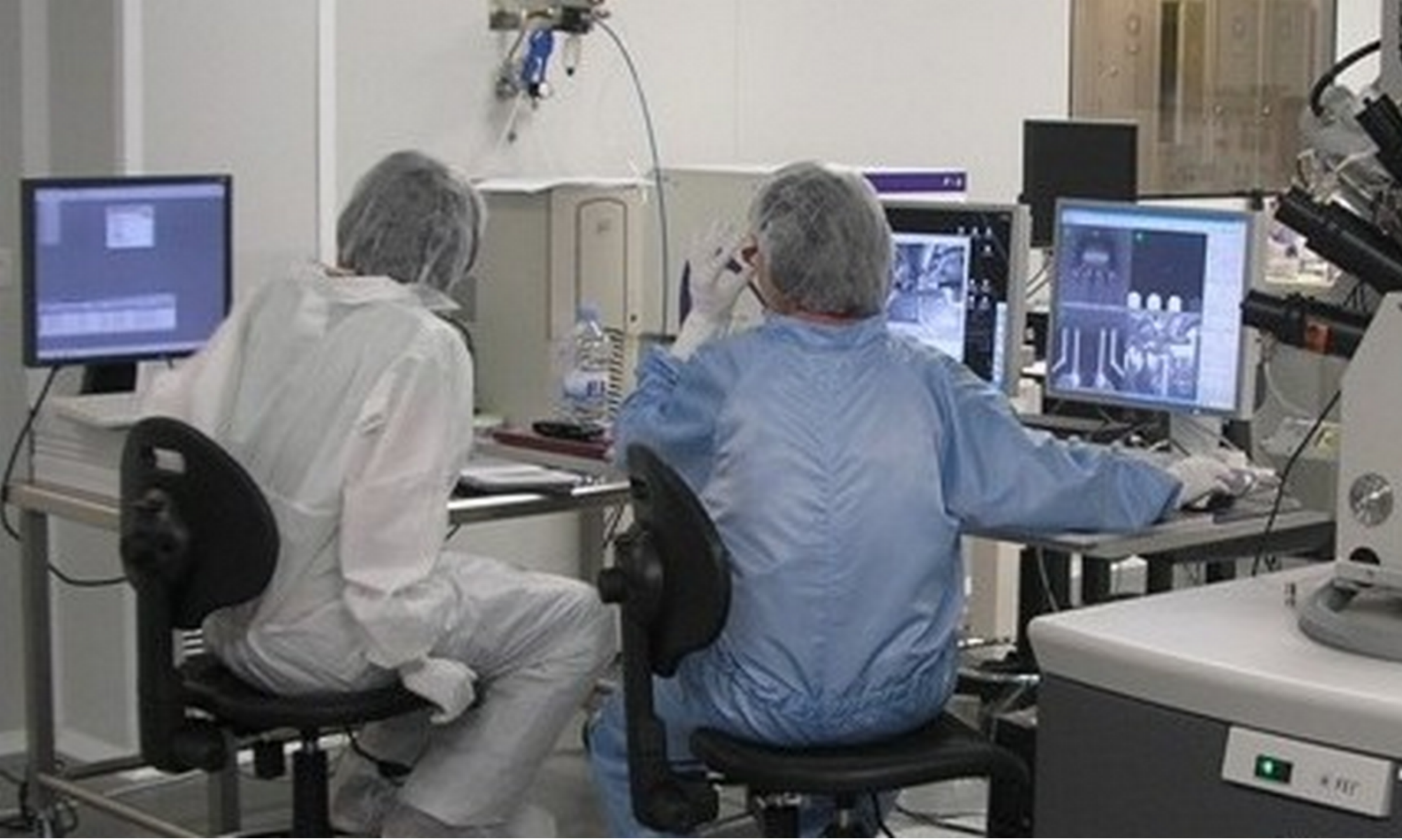Magnetic field sensing is a wide and important area of research and technological development in which every new magnetic or spintronic phenomenon discovered there would be an attempt to exploit it for magnetic sensing applications with improved cost-performances. Magnetoresistance is the ratio of the electrical resistance of a material with and without an applied magnetic field. This effect together with anisotropic magnetoresistance has led to a wide range of compact and high-sensitivity magnetic sensors for diverse areas of applications: Geophysics, Astronomics, Archeology, Health Care, and Data Storage. The basic physics of these effects are included in the emergent field of Spintronic, the field of knowledge that deals with the generation, propagation, processing and detection of spin currents. New effects appear with the spin currents as a central property like Spin Hall magnetoresistance (SMR) in hybrid materials ferromagnet/nonmagnetic metal; and other related phenomena: the Spin Hall Effect (SHE) and the Spin Seebeck Effect (SSE) where thermal sensing emerges. If we combine spintronic materials with multiferroic one’s new functionalities can be exploited where electric-field controls spin currents. These effects can be implemented in new strategies to design nanoscale devices. The development of both types of sensors thermal and magnetic sensors shares basic principles of spintronic, then we propose to work in the ULTIMATE-I project with a new hybrid combination of materials in which to better perform the spin to charge conversion, control of spin currents and producing sensor prototypes with outstanding performance. ULTIMATE-I project involves twelve partners with a strong background in spintronics, magnetic and multiferroic materials from the EU and Third Countries, which will dedicate to solve common problems in nanomagnetism, generation and manipulation of spin currents, that affect the detection and sensitivity of sensors.

